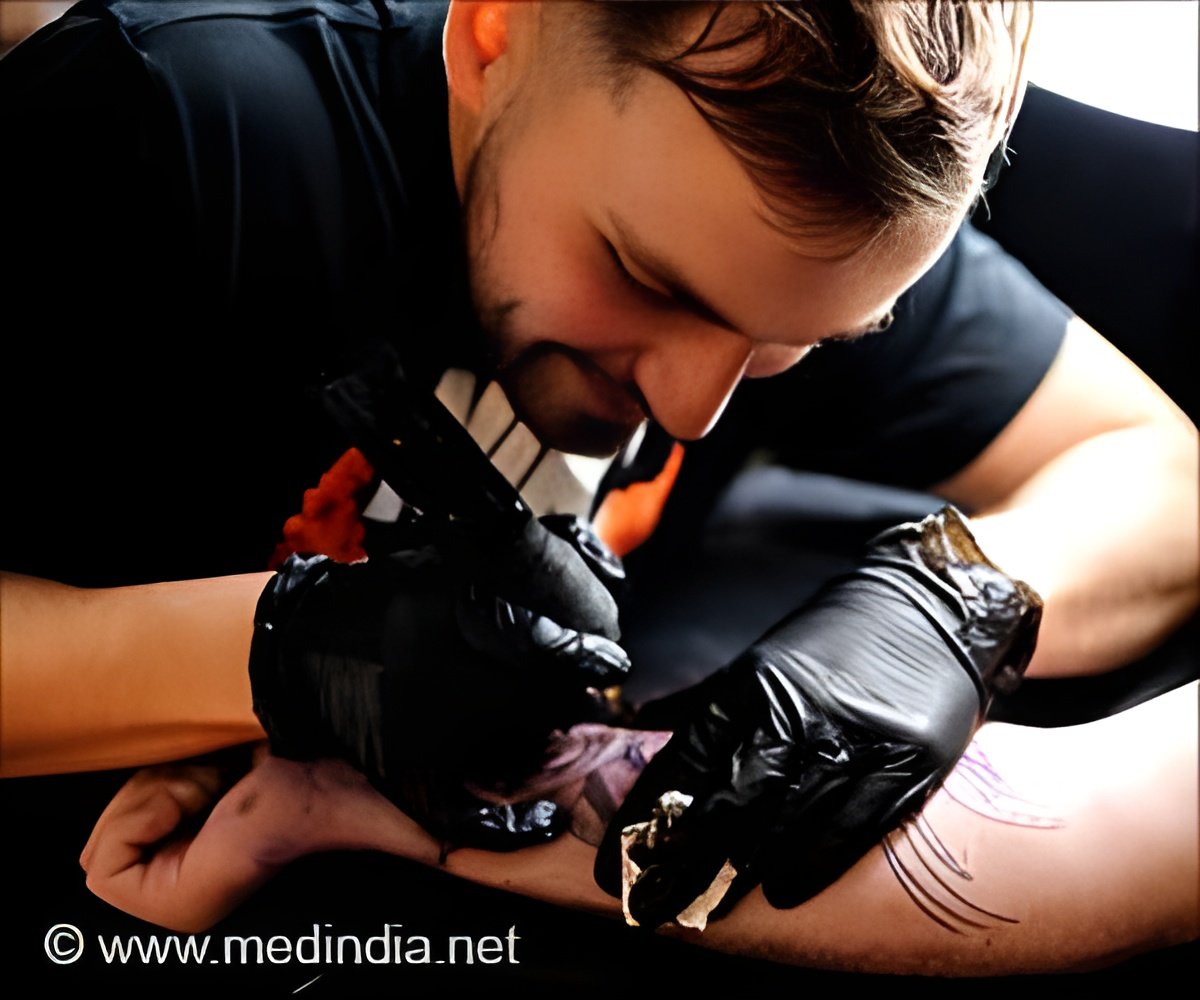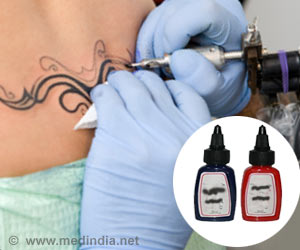A new study finds that 35% of tattoo inks may harbor bacteria, including those that don't need oxygen to survive. This raises concerns about potential infections.

Detection of anaerobic and aerobic bacteria from commercial tattoo and permanent makeup inks
Go to source). Corresponding author Dr. Seong-Jae (Peter) Kim, a microbiologist at the U.S. Food and Drug Administration’s Division of Microbiology, National Center for Toxicological Research in Jefferson, Arkansas, emphasized the significance of the findings. "Our study reveals that even unopened and sealed tattoo inks can harbor anaerobic bacteria, which are capable of thriving in low-oxygen environments such as the dermal layer of the skin, alongside aerobic bacteria," Dr. Kim stated. "This indicates that contaminated tattoo inks could potentially introduce infections caused by both types of bacteria. These results underscore the critical need for monitoring tattoo inks for the presence of aerobic and anaerobic bacteria, including potential pathogens."
‘Tattoo ink may seem like art, but hidden within its pigment, bacteria can make their mark. #medindia #tatoos #tatooinfection’





Presence of Anaerobic and Aerobic Bacteria in Tattoo and Permanent Makeup Inks
The main goal of the new study was to assess the prevalence of both aerobic and anaerobic microbial contaminants in tattoo inks available on the U.S. market. For the detection of aerobic bacteria, the researchers mixed 1 to 2 grams of tattoo ink solution with appropriate media and incubated them in a standard incubator, and to detect anaerobic bacteria, they mixed the ink solution with appropriate media and incubated them in an anaerobic chamber, a device specifically designed to cultivate anaerobes. This chamber is kept oxygen-free by constant flushing with a mix of gases such as nitrogen, carbon dioxide and hydrogen. The researchers conducted this procedure for a total of 75 tattoo inks from 14 different manufacturers.The investigators discovered that around 35% of tattoo or permanent makeup inks sold in the U.S. were found to be contaminated with bacteria. “Both types of bacteria, those needing oxygen (aerobic) and those not needing oxygen (anaerobic), can contaminate the inks,” Kim said. “There was no clear link between a product label claiming sterility and the actual absence of bacterial contamination.”
“The rising popularity of tattooing in recent years has coincided with an increase in tattoo-related complications or adverse reactions,” Kim said. “It should be noted that microbial infections constitute just one aspect of these complications. In addition to microbial infections, immunologic complications such as inflammatory reactions and allergic hypersensitivity, as well as toxic responses, represent a significant portion of these issues. In light of our study results, we want to emphasize the importance of continuously monitoring these products to ensure the microbial safety of tattoo inks.”
Kim and his colleagues will move their research forward in 2 key directions. They will develop more efficient microbial detection methods for tattoo inks, making the process quicker, more accurate and less labor-intensive. They will also conduct systematic research to deepen the understanding of microbial contamination in tattoo and permanent makeup inks. This will include studying the occurrence, co-occurrence and diversity of microbial contaminants, which is essential for preventing contamination in these products.
Reference:
- Detection of anaerobic and aerobic bacteria from commercial tattoo and permanent makeup inks - (https://journals.asm.org/doi/10.1128/aem.00276-24)
Source-Medindia








